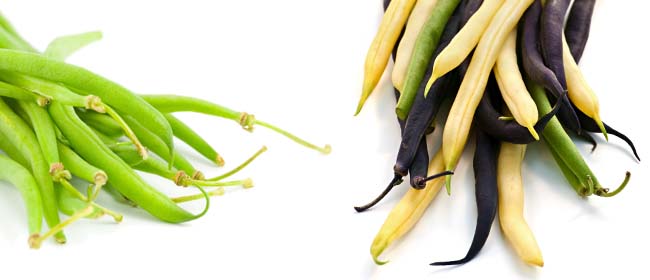 Don’t panic if you haven’t got your beans in yet. There’s still time to plant dwarf beans. Although not as high yielding as climbing beans, these smaller versions are much quicker on the uptake, with some varieties producing beans in as little as 50 days after planting. They don’t need support either, as the compact plants grow only 45-60cm high. Climbing beans on the other hand can reach over 2m high.
Don’t panic if you haven’t got your beans in yet. There’s still time to plant dwarf beans. Although not as high yielding as climbing beans, these smaller versions are much quicker on the uptake, with some varieties producing beans in as little as 50 days after planting. They don’t need support either, as the compact plants grow only 45-60cm high. Climbing beans on the other hand can reach over 2m high.
Climbing beans, too, will produce all summer long, but dwarf beans crop for only a short period of time, so successive sowings, from spring until late summer, are your best bet for a continuous harvest.
Plant in an area that’s sheltered from wind as flowers can be damaged otherwise. Plant in full sun too, although in areas with hot summers, plants may benefit from a little shade during the hottest part of the day. Where temperatures reach over 35degC, pollination can be affected. Curled or short beans are also a result of high temperatures.
While dwarf beans like plenty of moisture, particularly during hot summers, they must have well-drained, uncompacted soil to do well.
Sow seeds 15cm apart in rows about 40cm apart and keep the soil moist, though not waterlogged.
Although dwarf beans are legumes, they only fix a small amount of nitrogen. Added nitrogen is therefore necessary for good growth, otherwise plants will be stunted. They also require phosphorus and potassium, so a balanced fertiliser is ideal. Use organic mulch too to keep the soil moist and to supply extra nutrients.
Make sure you pick your beans while they’re still young and tender. If you leave them on the plant to mature, the seeds within the pods will go on to mature too and reduce the possibility of a second crop.
Jane Wrigglesworth
 My Favourites
My Favourites









Speak Your Mind